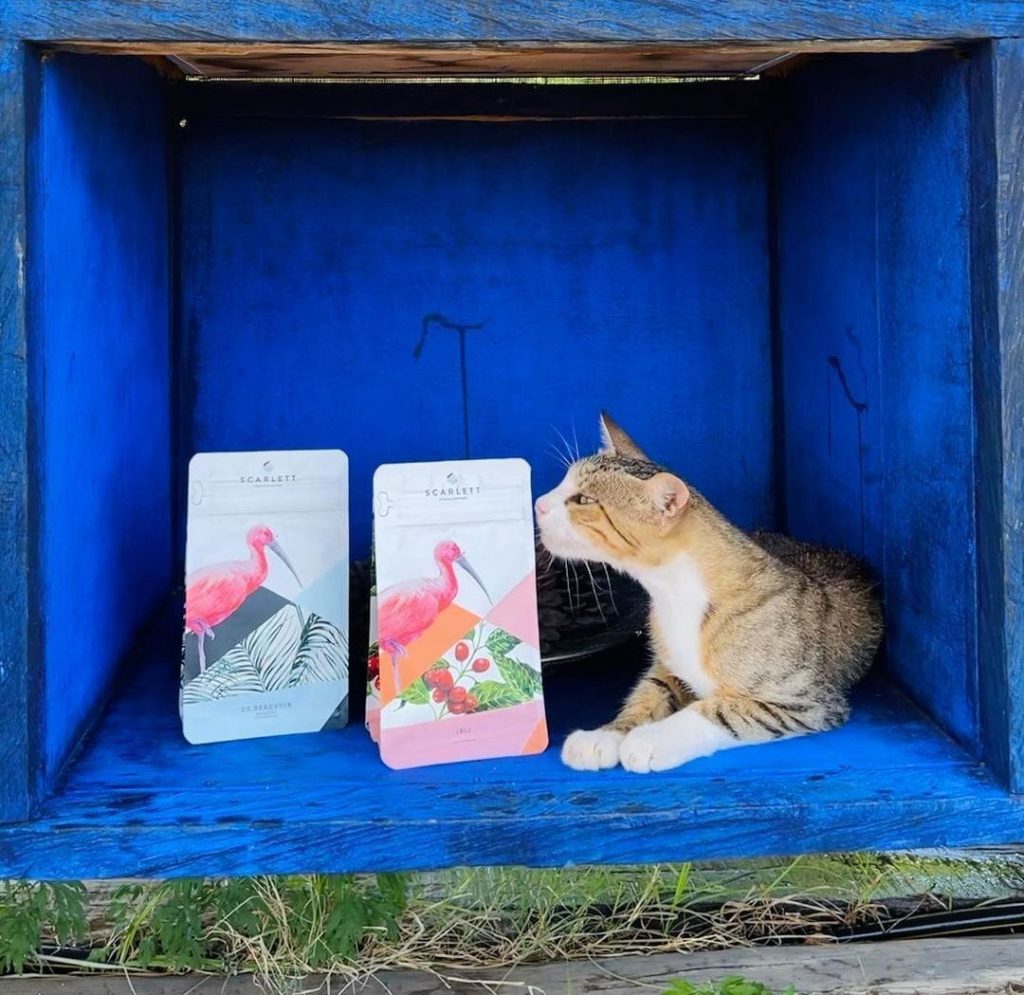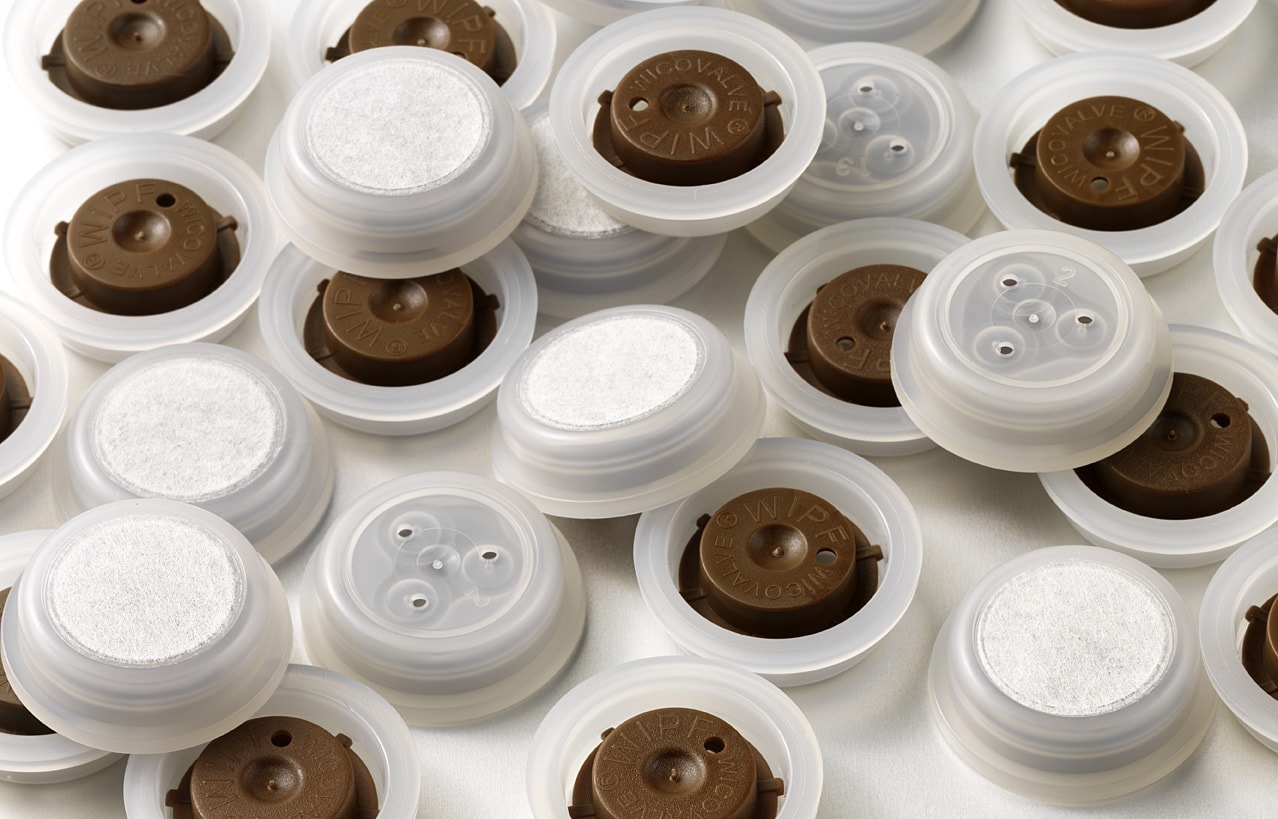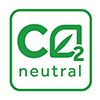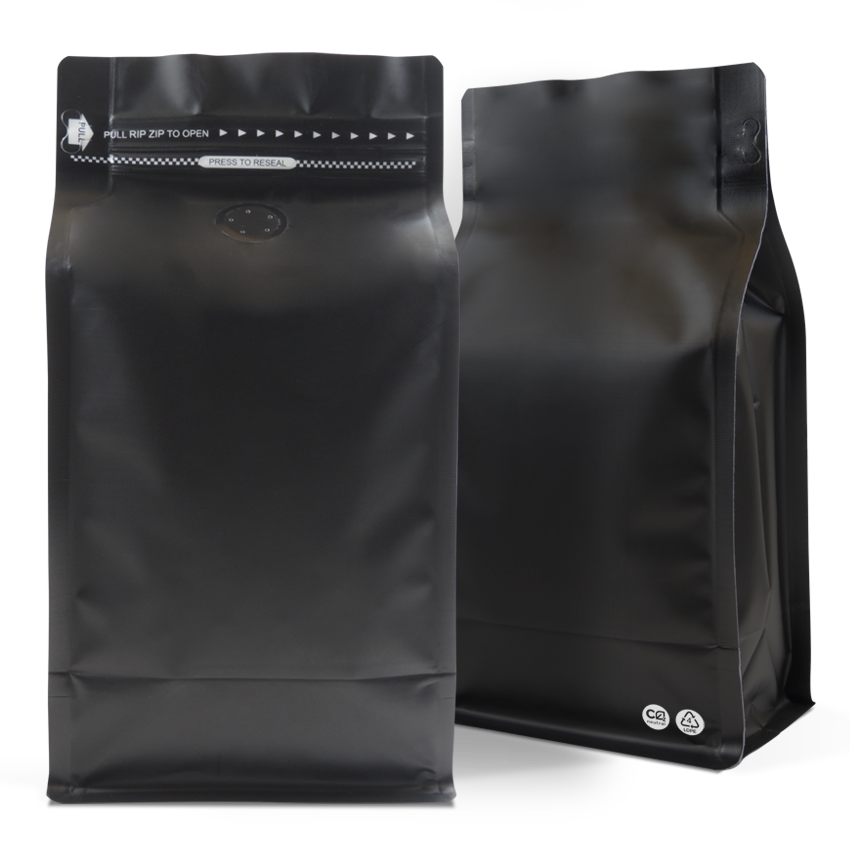Blog
Coffee Packaging: A Beginner’s Guide
Introduction to Coffee Packaging
Coffee, beloved globally, depends heavily on one often-overlooked aspect – packaging.
This critical element in coffee production and distribution plays a crucial role in delivering high-quality, fresh coffee to your cup. This beginner’s guide to coffee packaging will provide you with an essential understanding of its importance, different types, and sustainability considerations.

Why Coffee Packaging Matters
- Ensuring freshness: The journey from bean to brew is a complex one, and maintaining the quality and freshness of coffee during this process is paramount. Coffee packaging, when done correctly, provides a protective barrier against external elements that degrade coffee quality, such as light, oxygen, and moisture.
- Facilitating distribution: From the roastery to the retail shelf, coffee packaging serves a crucial logistical function. It is designed to withstand transportation and storage, ensuring the product reaches the consumer in optimal condition.
- Informing and attracting consumers: Coffee packaging communicates valuable information about the product within, such as origin, roast date, and flavor notes. Moreover, it’s an extension of a brand’s identity and plays a critical role in attracting consumers.
Types of Coffee Packaging
- Traditional bags: This category includes flat-bottomed bags, side gusset bags, and stand-up pouches. They offer excellent protection and convenience, coming with features like resealable zippers and one-way degassing valves.
- Single-serve pods: Single-serve pods provide a modern, convenient alternative for coffee lovers. They’re sealed to maintain freshness and optimized for specific brewing systems.
- Bulk packaging: Bulk packaging solutions are utilized for large volume distribution and storage, ensuring that the coffee’s integrity is preserved over time.
- Metal cans are a popular choice for coffee packaging because they are durable and protect the coffee from light and moisture. Metal cans are also recyclable, which is a plus for environmentally conscious consumers.
- Glass jars are another popular option for coffee packaging. Glass jars are transparent, which allows consumers to see the coffee beans or grounds before they buy them. Glass jars are also recyclable and can be reused, which is a sustainable choice.

Sustainability in Coffee Packaging
- Compostable bags: Compostable coffee bags, like those introduced by The Bag Broker UK in 2014, are designed to decompose naturally over time, reducing waste and environmental impact.
- Recyclable bags: Recyclable packaging materials allow for a circular economy, where waste is minimized by turning used packaging back into raw materials. The Bag Broker UK launched a mono-material recyclable bag globally in 2019.
- Carbon-neutral packaging: Efforts are being made to offset the carbon emissions generated during production and distribution of packaging, making companies like The Bag Broker UK a CO2 neutral supplier.
Valve or No Valve?
Whether to use a valve or not in coffee packaging depends on the specific needs of the product. However, for many types of coffee, especially those packaged soon after roasting, a one-way degassing valve is often beneficial.

Here’s why:
-
Freshly Roasted Coffee Releases Gas: After the coffee is roasted, it releases carbon dioxide (CO2) over several days in a process known as degassing. If coffee is packaged immediately after roasting, the gas needs a way to escape to prevent the bag from inflating and potentially bursting.
-
Oxygen Is Bad for Coffee: At the same time, you want to prevent oxygen, which can degrade the coffee’s quality and freshness, from entering the bag. A one-way degassing valve allows the CO2 to escape from the bag but doesn’t let oxygen in.
-
Protecting the Coffee’s Flavor: By allowing the coffee to degas within the package, the one-way valve helps to preserve the coffee’s distinctive aroma and flavour until the bag is opened.
So, in general, a one-way valve is a good choice for coffee packaging, particularly for freshly roasted beans. However, if the coffee is allowed to degas before packaging or if it’s a type of coffee that doesn’t produce much gas (like instant coffee), a valve might not be necessary. Always consider the specific needs and characteristics of the coffee when deciding on packaging.
Conclusion
The world of coffee packaging is vast and intricate, but understanding its basics will help you appreciate the journey your coffee takes from the farm to your cup. As we move forward, sustainability in coffee packaging will continue to grow in importance, balancing the need for preserving quality with the urgency of environmental conservation. The Bag Broker UK, with its commitment to providing unique packaging solutions and pushing the boundaries of sustainability, is a testament to the industry’s progress in this journey.
In addition to the information provided above, here are some additional tips for choosing the right coffee packaging:
- Consider the type of coffee: Different types of coffee require different types of packaging. For example, whole beans need to be protected from light and moisture, while ground coffee can be stored in a variety of containers.
- Consider the size of the coffee: Coffee packaging comes in a variety of sizes, from small bags for single servings to large bags for bulk purchases. Choose a size that is appropriate for your needs.
- Consider the price: Coffee packaging can range in price from very affordable to quite expensive. Choose a price that fits your budget.
- Consider the appearance: Coffee packaging is often the first thing consumers see, so it’s important to choose a design that appeals to you.
By following these tips, you can choose the right coffee packaging for your needs and enjoy fresh, delicious coffee for years to come.


